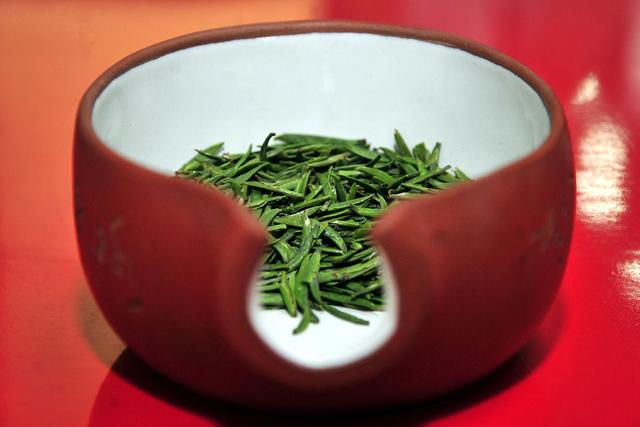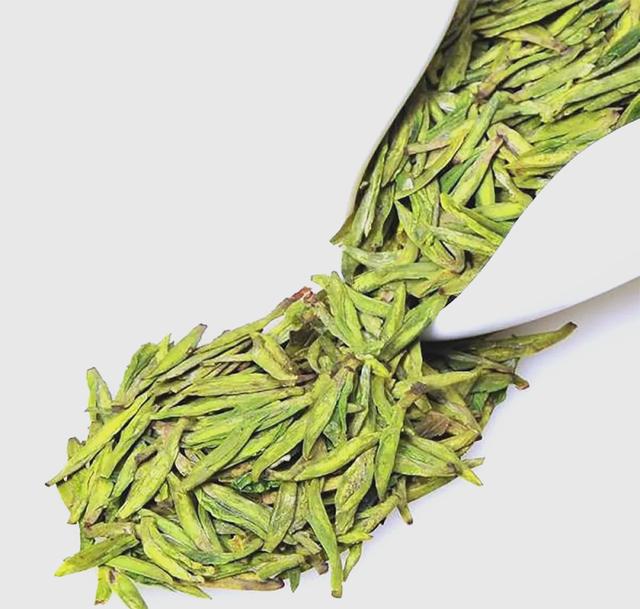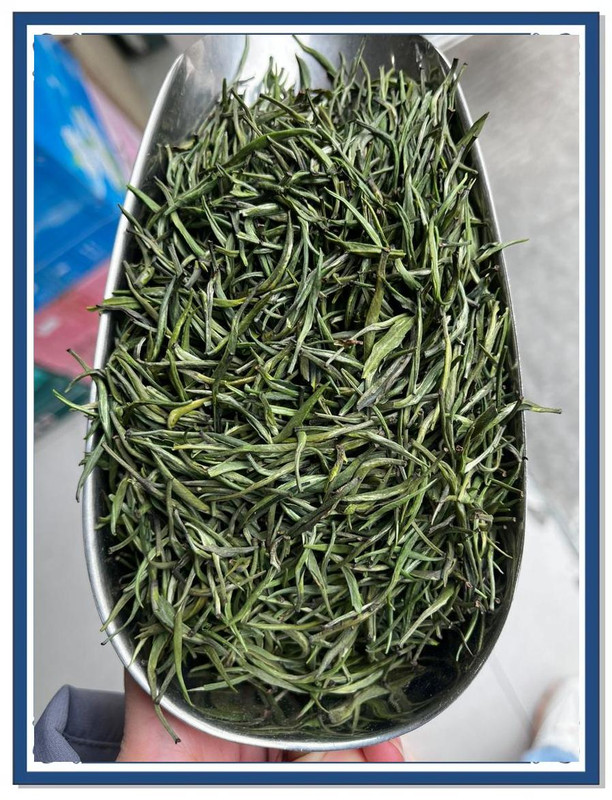Hailing from the misty hills of Jingxian County, Anhui Province, 泾县特尖 (Jīngxiàn Tèjiān) stands as a testament to China’s storied tea-making tradition. Revered for its exquisite craftsmanship and bold character, this historic green tea has graced imperial courts and tea ceremonies for centuries. Let us explore its essence through the lens of history, terrain, and artistry.

Origins & Historical Grandeur
First crafted during the Ming Dynasty (14th–17th centuries), Jingxian Tejian emerged as a tribute to the Qing Dynasty emperors, who prized its robust flavor and ornate appearance. Its name, meaning “Jingxian Special Tip,” reflects its status as a premium offering—a tradition upheld today through meticulous selection and processing. The tea’s legacy is intertwined with Jingxian’s reputation as a “land of tea and paper,” where artisans have honed their skills for generations.
Terroir: The Alchemy of Nature
The tea gardens of Jingxian thrive in a unique microclimate:
- Altitude: 200–500 meters above sea level, nestled in the Qingyi River valley.
- Soil: Red-yellow loam enriched by volcanic minerals and organic matter.
- Climate: Warm, humid summers and cool winters, with frequent fog that shields leaves from harsh sunlight.
These conditions impart the tea’s signature “three strengths”:
- Color: Deep emerald leaves with silvery-white tips.
- Aroma: Intense orchid-like fragrance with hints of roasted chestnut.
- Flavor: Bold, vegetal freshness balanced by a lingering sweetness.
Craftsmanship: A Ming Dynasty Masterpiece
The production of Jingxian Tejian is a labor of love:
- Plucking: Only the tender bud and one adjacent leaf are harvested in early spring.
- Withering: Leaves are spread on bamboo trays under natural light to reduce moisture.
- Fixation (Killing Green): Pan-fried in woks at 200–220°C, with constant stirring to prevent burning.
- Rolling: Leaves are shaped into tight, needle-like curls by hand, releasing essential oils.
- Drying: First roasted in baskets over charcoal, then re-pan-fried at 50°C to lock in aroma.
This process, which involves discarding imperfect leaves to ensure uniformity, explains why Jingxian Tejian was historically reserved for nobility.
Aesthetic & Sensory Experience
When steeped, Jingxian Tejian unveils a visual and olfactory masterpiece:
- Appearance: Leaves unfurl into jade-green needles adorned with white down.
- Liquor: Bright golden-green hue, reminiscent of mountain springs.
- Taste: A bold attack of vegetal freshness transitions to a mellow, honey-like finish.
- Aroma: Complex layers of orchid, roasted chestnut, and fresh bamboo.
Brewing Rituals
To honor its heritage:
- Water: Use soft, mineral-rich water heated to 80–85°C.
- Ratio: 3–4 grams of tea per 150 ml (1:40 tea-to-water ratio).
- Vessel: Porcelain gaiwan or glass cup to admire the unfurling leaves.
- Infusion: First steep for 1–2 minutes; extend by 30 seconds for subsequent brews (up to 4 infusions).
Authenticity & Grading
Genuine Jingxian Tejian is distinguished by:
- Appearance: Uniform, needle-like leaves with silver tips.
- Aroma: Pungent, floral fragrance without smokiness.
- Liquor: Crystal-clear jade-green hue.
- Infused Leaves: Plump, emerald-green, and intact.
Graded into Special, Premium, and Standard tiers based on leaf uniformity, pluck standard, and craftsmanship. Special-grade tea, harvested before Qingming Festival, commands 120–250 per 100 grams, while Standard grades range from 50–120.
Healthful Alchemy
Rich in polyphenols, catechins, and vitamin C, Jingxian Tejian offers:
- Antioxidant Power: Combats free radicals linked to aging and cancer.
- Cardiovascular Support: Lowers cholesterol and improves blood circulation.
- Mental Clarity: L-theanine promotes focus without jitters.
- Digestive Aid: Historically used to alleviate bloating and improve metabolism.
Cultural Resonance
Beyond its cup, Jingxian Tejian is woven into Chinese folklore and medicine. Ming Dynasty herbalists prescribed it for “resolving phlegm, clearing heat, and revitalizing the spleen.” Today, it remains a symbol of Anhui’s tea heritage, celebrated in festivals and poetry as a living link to China’s past.
In every sip of Jingxian Tejian, one encounters not just a tea, but a 500-year-old conversation between artisans, mountains, and the enduring art of Chinese tea.



